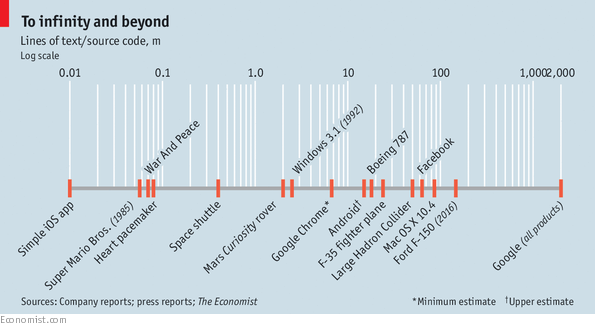Giuseppe Sandro Mela.
2020-01-08.
«Da Teheran il corpo delle Guardie Rivoluzionarie Iraniane ha annunciato come “la feroce vendetta” per l’uccisione del generale Soleimani è iniziata e ha affermato che l’operazione iniziale si è conclusa con successo e che la base di al-Asad, contro cui sarebbero stati lanciati almeno 35 missili, “è stata completamente distrutta”.»
*
Iran lancia l’attacco agli Usa, colpite due basi in Iraq. Primo bilancio, almeno 80 morti
*
Non sono ancora disponibili informazioni sicure: alcuni menzionano 80 morti, altre nessun caduto.
A quanto potrebbe sembrare:
– l’Iran dispone di missili in grado di colpire almeno le basi americane in Medio Oriente;
– non sappiamo se gli americani abbiano o meno cercato di intercettare tali missili: sappiamo solo che li hanno individuati quasi al decollo con i radar;
– «gli uomini si sarebbero rifugiati in appositi bunker»: questo è un segno che l’allarme è stato dato con sufficiente preavviso e che i missili iraniani non viaggiavano a velocità elevate.
* * *
Iran lancia la rappresaglia contro gli Usa, attaccate base in Iraq
L’Iran ha lanciato l’operazione ‘Soleimani Martire’ sferrando un attacco missilistico in Iraq contro due basi che ospitano le truppe americane e quelle della coalizione, tra cui militari italiani. Una pioggia di cruise e di missili balistici a corto raggio partita dal territorio iraniano e che si è abbattuta contro la base di al-Asad e contro quella di Erbil, come prima rappresaglia per l’uccisione del generale Qassem Soleimani da parte degli Usa.
Secondo la tv di Stato iraniana, ci sarebbe stata anche una seconda ondata di attacchi. Al momento non si hanno notizie di vittime, feriti o danni. Il personale del contingente militare italiano ad Erbil si è radunato in un’area di sicurezza – secondo quanto appreso dall’ANSA – e gli uomini si sarebbero rifugiati in appositi bunker. Risultano tutti illesi.
Il Pentagono, in una nota, ha affermato che dopo aver messo al corrente dei fatti il presidente americano Donald Trump sta ancora valutando le conseguenze dell’offensiva. Intanto a Washington si è riunito il consiglio per la sicurezza nazionale alla presenza del segretario di Stato Mike Pompeo e del numero uno del Pentagono Mark Esper.
Da Teheran il corpo delle Guardie Rivoluzionarie Iraniane ha annunciato come “la feroce vendetta” per l’uccisione del generale Soleimani è iniziata e ha affermato che l’operazione iniziale si è conclusa con successo e che la base di al-Asad, contro cui sarebbero stati lanciati almeno 35 missili, “è stata completamente distrutta”.
L’Iran minaccia quindi “azioni ancor più devastanti” se gli Usa dovessero decidere di rispondere. “Se l’Iran dovesse essere attaccato sul suo territorio – avvertono le Guardie Rivoluzionarie – Dubai, Haifa e Tel Aviv verranno colpite in un terzo round di attacchi da parte dell’Iran”. Intanto volano le quotazioni del petrolio, balzato del 3,4% a 65 dollari, e dell’oro, a quota 1.600 dollari l’oncia ai massimi dal 2013.



